Most people are wary of cactus plants because they are covered with injury-causing spikes. But did you know that there’s a type of cactus plant called prickly pear (Opuntia) that produces edible, refreshingly sweet fruits with vital health benefits? Keep reading to learn more about this unique fruit.
What Is Prickly Pear?
The prickly pear comes from a cactus plant that grows best in areas receiving full sun. A member of the Cactaceae or cactus family, it’s also known as nopal, Indian fig opuntia and devil’s tongue.
The plant has very sharp spikes and colorful flowers that grow on top of the tunas (another name for the prickly pear fruits). The fruits aren’t the only edible part of this plant though, since you may also eat the pads, which are called nopales. Prickly pear is typically grown in Mexico and other Latin American countries, as well as in Africa, Australia and the Mediterranean.
Prickly Pear’s Health Benefits
Prickly pear can be a good addition to your favorite fruit-based dishes, since it has been linked to antiviral, anti-inflammatory, antioxidant and anticlastogenic abilities. Prickly pear is high in fiber, rich in antioxidants, carotenoids and essential fatty acids, and contains minerals like calcium, potassium and magnesium.
Initial research has revealed that prickly pear may be beneficial in promoting weight loss and helping address Type 2 diabetes, high cholesterol levels, colitis, diarrhea and benign enlargement of the prostate gland.
Common Uses of Prickly Pear
Historical medicinal uses are mainly attributed to prickly pear. For instance, the Aztecs used prickly pear juice for wound relief and drank it to address hepatitis, while both the fruit and seeds helped in easing diarrhea. Mexican traditional medicine also relied on prickly pear to address chronic diseases like obesity, cardiovascular and inflammatory diseases and gastric ulcers. Nowadays, prickly pear extracts or supplements are available to be used for other health purposes. For instance, studies have revealed that prickly pear extract may help alleviate hangovers.
The nopales of the prickly pear plant can be boiled or grilled. According to The Spruce Eats, they taste mild and grassy, resembling asparagus. The cosmetic uses of prickly pear shouldn’t go unnoticed too, as it has been added to shampoos, conditioners and gels. Prickly pear seed oil may also be used to help:
- Slow down skin aging
- Eliminate dark under eye circles
- Strengthen brittle nails
Tips for Cooking Prickly Pear at Home
The best time to purchase fresh prickly pears is from fall to spring. Buy prickly pears that are smooth and unblemished, deep-colored and roughly the same size as two golf balls. Avoid moldy, soft or broken fruits. Good-quality prickly pears will feel firm but will yield to gentle pressure.
To store prickly pears, the New Cook Book suggests letting them ripen at room temperature first until they’re soft. Afterward, refrigerate them and consume within a few days.
Handle prickly pears carefully when buying and storing them. While most prickly pears sold at supermarkets or grocery stores had their sharp spikes removed, some fruits may still have traces left. If you accidentally touch the sharp spikes, it can be very painful.
What’s the Proper Way to Cut and Eat Prickly Pear
Careful preparation is a must prior to eating prickly pear because its sharp spikes can cause injuries. Wear thick leather gloves, and have a sharp knife, abrasive kitchen sponge, towel and wooden cutting board ready. Home Guides SF Gate provides this step-by-step guide for cutting prickly pear:
- “ … Rinse the prickly pears under cool tap water, then scrub each vigorously with an abrasive kitchen sponge to remove the thorns. Pat the pears dry with a towel.
- Cut the ends off of the prickly pear with a knife. You should cut away at least 1/2 inch to an inch on each end of the fruit.
- Make a vertical slice down the middle of the fruit. Wedge your thumb and forefinger into the slice and grasp the edge of the thick, fleshy skin.
- Peel away the skin from the fruit inside of it. Discard the skin.”
You can enjoy the peeled fruit as is, or chop some more and blend the pieces into a juice.
Side Effects Linked to Prickly Pears
Exercise caution when consuming prickly pear fruits or juice. Some side effects linked to them include nausea, diarrhea, increased stool volume and frequency, headaches and bloating.
Consult your physician first to confirm if adding prickly pear to your diet is a good idea. If the response is positive, slowly ease it into your diet first before consuming large amounts. A 1998 study published in Plant Foods for Human Nutrition revealed that prickly pear’s pulp, skin and seeds contain both fructose and glucose. If you consume prickly pears excessively, you can increase your risk for insulin resistance, heart disease, hypertension, diabetes, atherosclerosis and chronic liver disease.
Prickly pear fruits and supplements should be avoided by pregnant and breastfeeding women because of the lack of information regarding this fruit’s effectivity. WebMD adds that if you’ll undergo surgery, stop consuming prickly pear fruits or taking supplements two weeks before the procedure. Prickly pear can affect your blood sugar levels and cause challenges to blood sugar control during and after the surgery.
Prickly Pear Nutrition Facts
While this fruit provides already provides an array of impressive health benefits, prickly pear’s nutritional value also speaks for itself:
Prickly Pear Nutrition FactsServing Size: 1 cup (149 grams), raw |
||
| Amt. Per Serving |
% Daily Value* |
|
| Calories | 6.61 | 3% |
| Calories from Fat | 6.4 | |
| Total Fat | 0.8 g | 1% |
| Saturated Fat | 0.1 g | 0% |
| Trans Fat | ||
| Cholesterol | 0.0 mg | 0% |
| Sodium | 7.5 mg | 0% |
| Total Carbohydrates | 14.3 g | 5% |
| Dietary Fiber | 5.4 g | 5% |
| Sugar | ||
| Protein | 1.1 g | |
| Vitamin A1% | Vitamin C | 35% |
| Calcium8% | Iron | 2% |
*Percent Daily Values are based on a 2,000 calorie diet. Your daily values may be higher or lower depending on your calorie needs.

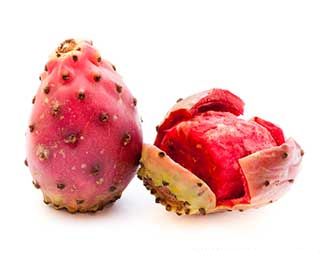
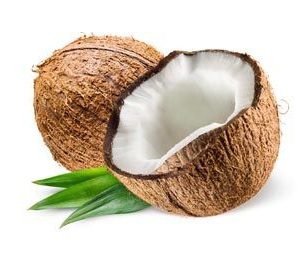
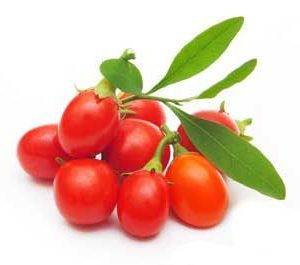
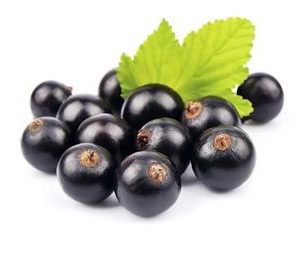
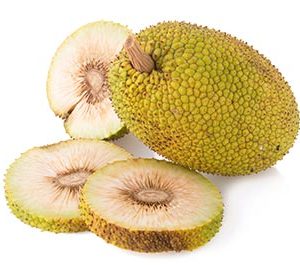
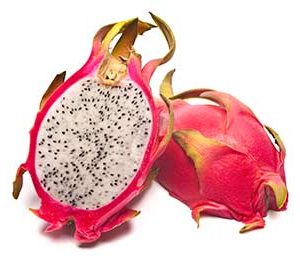
Reviews
There are no reviews yet.